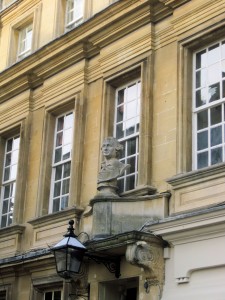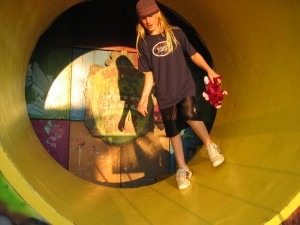These three editing levels ensure your writing informs and garners results
The advantages of working with an editor kept burgeoning. First there were the nine tasks of an editor, then the five levels of editing that incorporated these tasks, and finally the five extraordinary tasks that an editor could perform.
 So much to consider, organize, implement, and assess. The manager was just beginning to get a handle on all this information when the team leader walked into the office.
So much to consider, organize, implement, and assess. The manager was just beginning to get a handle on all this information when the team leader walked into the office.
“I’ve discovered another way to establish editing levels,” the team leader said.
“There’s more?” came the incredulous query.
“Just a different way of looking at it.” Pause. “Perhaps a better way of looking at it, actually.”
The team leader produced a copy of Levels of Technical Editing (by David E Nadziejka, ELS, published by the Council of Biology Editors: contact me for a copy) to review.
“After a little research, I’ve discovered this small guidebook. It takes a bit of a different tack with the levels of editing.”
“Why do we need another method?” asked the manager. “I haven’t even wrapped my arms around all this editing stuff, and now you want to change it?”
“I think, after I explain all this, you’ll see that this adds another set of choices for us, and doesn’t scuttle what we have already discussed.”
“Okay,” conceded the manager. “Tell me why there is a need for another take on the levels of editing.”
Here’s what the team leader passed on to the manager.









